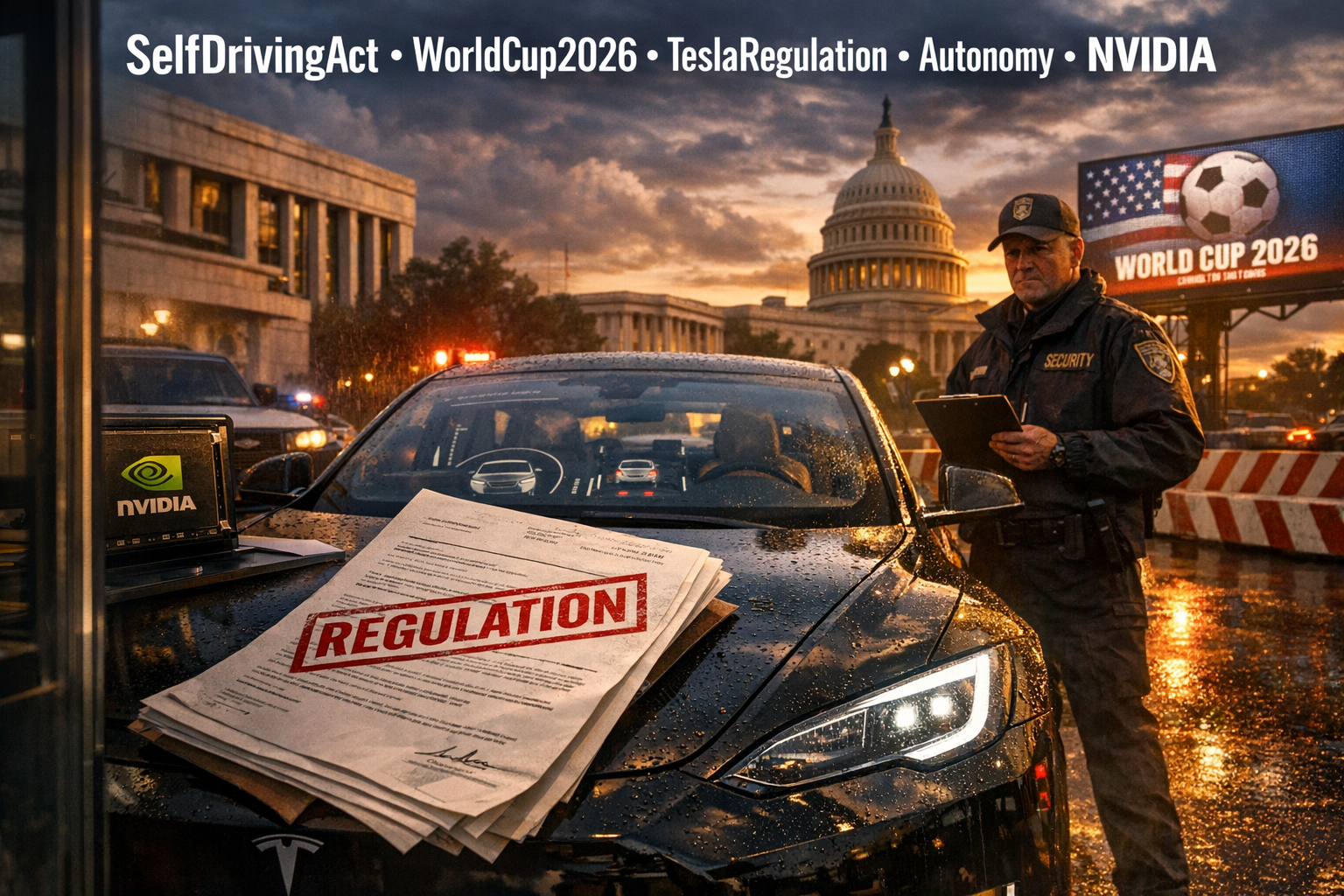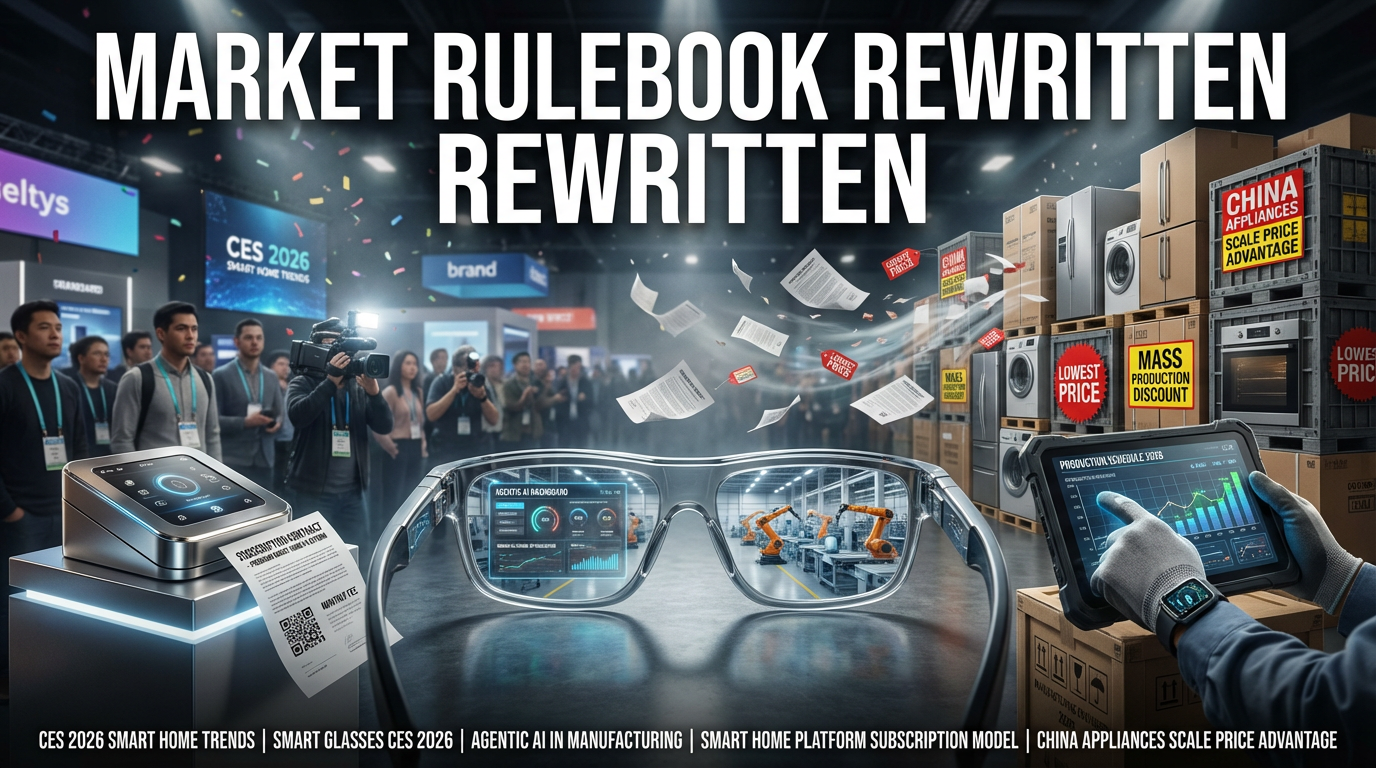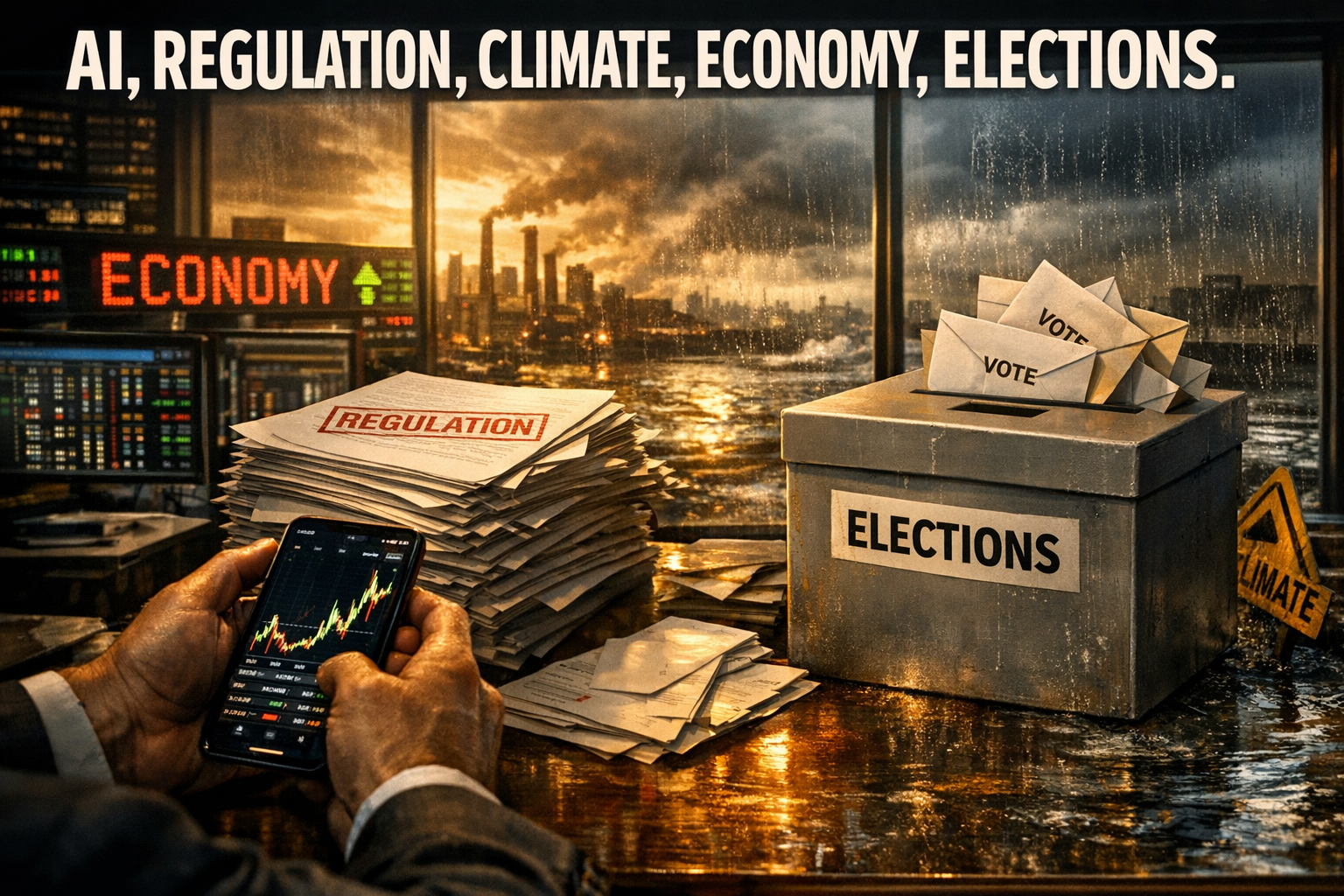● China’s Trojan Horse Fleet – Commerce Weaponized, Global Economic Peril
China’s Trojan Horse Fleet and the Economic Repercussions of Maritime Strategy – A Turning Point for the Global Economy and Maritime Strategy
1. The Dual Face of Chinese Merchant Ships: The Process of Commercial Vessels Transforming into Wartime Weapons
Isn’t it surprising that Chinese merchant ships, which appear to be ordinary cargo vessels, can actually transform into dedicated combat assets during a crisis?These vessels can be loaded with weapons such as tanks and portable anti-tank missiles and deployed in military operations during wartime.In other words, while normally simple commercial vessels, they can be utilized as strategic assets, playing China’s ‘Trojan Horse’ role during a crisis.This fact implies that it can also act as a significant political risk in international trade.
2. The Maritime Force Conversion System in Chronological Order
a. Initial Infiltration Drills and Merchant Ship Operations
There are records indicating that merchant ships frequently entering and leaving Taiwanese ports have recently conducted infiltration drills with People’s Liberation Army special forces.It should be noted that in this process, ordinary commercial vessels can be converted into tactical weapons for military operations.
b. COSCO Shipping and National Security
Vessels owned by COSCO Shipping, which has close ties with the Chinese government, operate by blurring the lines between civilian and military under the direction of the Chinese Communist Party.Party organizations are established within the ships, enabling a system where civilian vessels can be quickly mobilized for military operations according to national strategy.This structure can have significant impacts not only on maritime strategy but also on the global economic outlook.
c. Merchant Ship Conversion Capability and Technical Equipment
Particularly in the case of RORO vessels, while they are simple merchant ships designed to transport cars, they are structured to load and unload armored vehicles or tanks directly.This conversion capability can serve as a core element of naval blockade and logistics disruption strategies during wartime.
3. Strategic Blockade and Its Economic Impact on International Trade
If China employs a blockade strategy in a maritime dispute with Taiwan, severe impacts are expected not only on Taiwan but also on international trade passing through its routes.Taiwan relies on maritime transport for 70% of its food imports and 90% of its energy imports, meaning even the blockade of a single port could cause significant disruption to its entire economy.This scenario contains the potential for a direct hit to the South Korean economy and is a factor that must be considered in maritime strategy and global economic outlooks.
4. Maritime Power Expansion and Future Outlook: The Era of Civilian-Military Fusion
Current maritime strategy is evolving into a new form of warfare that encompasses not only traditional naval power but also the potential for civilian merchant ships to convert into combat forces.Major nations, including not only China but also the United States and Taiwan, are paying attention to these changes in maritime strategy, and a reorganization of the international political and economic order is expected as a result.Moving forward, the importance of maritime strategy is expected to become even more prominent for managing the global economy, international trade, and political risks.
5. A Comprehensive Look at Changes in the International Landscape and Economic Outlook
The dual function of Chinese merchant ships, capable of being utilized as wartime weapons beyond mere logistics tools, acts as a new variable in the international political and economic order.Particularly as related companies, including COSCO Shipping, are incorporated into national strategy, the issue of civilian-military integration of merchant ships is emerging as an even more critical issue.This is closely connected not only to simple military strategy but also to major SEO keywords such as global economy, international trade, political risk, economic outlook, and maritime strategy.Considering realities, theories, and strategic scenarios, the future developments can be described as an issue requiring multifaceted analysis and preparation.
< Summary >
Chinese merchant ships, while appearing as simple logistics tools in peacetime, act as ‘Trojan Horses’ capable of transforming into combat assets during a crisis.Through links with state-owned enterprises like COSCO Shipping, civilian vessels can be mobilized for military operations, emerging as a core element of naval blockade and logistics disruption strategies.This shift in maritime strategy, centered around Taiwanese ports, presents significant political risks and economic outlook uncertainties for international trade and the global economy.The future integration of naval power and civilian transport is expected to act as a crucial variable reshaping the international political landscape.
[Related Articles…]Summary of China’s Strategic Shifts
Key Maritime Economic Outlook
*Source: [ 티타임즈TV ]
– Chinese cargo ships can transform into armed fleets in times of crisis (Pado, an international cu…
● Parents-Your Fortune’s Secret Killer Myungrihak Says
Increasing Stress When Living with Parents, and the Connection Between Life and Economy as Revealed by Myungrihak
1. Video Introduction and Subscriber Greeting (00:00 ~ 00:25)
Today’s video, based on the perspective of Myungrihak scholar Kang Heon, introduces the causes of stress experienced when living with parents and their solutions.Beyond simple Saju analysis, it will explain key points not covered by other media, linking them to life’s investment strategies, self-development, and the necessity of financial planning within the global economy.It naturally incorporates top SEO keywords such as economic outlook, financial market, investment strategy, global economy, and financial planning, containing content that readers will immediately want to read.
2. Compatibility Issues from the Perspective of Human Relationships and Myungrihak (00:25 ~ 05:14)
First, the video discusses compatibility between men and women, not merely whether they match well or not, but focusing on whether they can develop together through the relationship.Myungrihak scholar Kang Heon asserts that rather than relying on Saju or compatibility, one should first strive to become a good person oneself.This perspective is consistent with the core self-improvement message of ‘improve yourself first’ when setting economic outlooks or investment strategies.It also points out the limitations of compatibility diagnosis through MBTI, emphasizing that just as real-world economic markets do not operate solely on numbers, human relationships also require reliance on intuition and experience.
3. Causes and Solutions for Stress Between Parents and Children (05:14 ~ 11:42)
The video meticulously analyzes conflict structures arising particularly between parents and children, or within families.The increasing stress when living with parents is often not merely a psychological issue but stems from the household atmosphere and living habits.For example, conflicts arising between overly interfering parents and children yearning for their own freedom can be resolved by respecting each other’s roles and autonomy, rather than denying each other’s existence.Such family conflict resolution strategies align with the elements of ‘self-control’ and ‘efficient management’ when developing personal financial planning and investment strategies.
4. An Economic View of Life as a Business (11:42 ~ 16:24)
Myungrihak scholar Kang Heon advises approaching marriage not as a mere destined encounter but as a business.A business should be a win-win relationship where both parties contribute to growth, which is similar to the principles of ‘risk management’ and ‘mutual development’ when formulating investment strategies in economic outlooks and financial markets.In particular, when interpreting conflicts between parents and children from an economic perspective to improve one’s life, it emphasizes that ‘space investment,’ such as organizing living environments or deciding to move, plays a crucial role.
5. Myungrihak and Practical Advice: Practical Investment Strategies for Life and Economy
Finally, Myungrihak scholar Kang Heon reinterprets Myungrihak beyond simple Saju analysis, as an investment strategy to improve life.The first step to reducing stress is to objectively examine one’s inner self and environment.Secondly, he advises that alongside physical and mental health management, consistent labor for economic independence, financial planning, and asset management efforts are essential.For example, the act of organizing unnecessary items in the house and transforming the energy of the space can be seen as a concept similar to efficient resource allocation and investment strategy formulation in the global economy.This is precisely a unique approach that connects Myungrihak and life management with an economic perspective, which is rarely covered in other YouTube videos or news.
[Related Articles…]The Economic Challenges of Living with ParentsInvestment Strategies from a Myungrihak Perspective
*Source: [ 지식인사이드 ]
– 부모랑 같이 살수록 스트레스가 증가하는 사람의 특징 (강헌 명리학자 2부)
● Sam Altman’s AI CEO Gamble Trillion-Dollar Bet, Global Economic Upheaval
Sam Altman’s AI CEO Remarks: Beyond Mere Controversy to Global Economic Impact
1. GPT-5 Rollout Confusion and Corporate Adoption
We examine how the GPT-5 rollout, rather than being a paradigm of technological innovation, instead led to unexpected issues and demands for improvements.Altman admitted that the GPT-5 model was criticized by users for being somewhat cold and mechanical, explaining that this led to the introduction of user-customized conversation options.This process suggests that when companies adopt innovative technologies, they need not only simple functional improvements but also careful adjustments to user experience.Key SEO keywords: Global Economy, Technological Innovation, Investment, Economic Trends, Corporate Strategy
2. Trillion-Dollar Data Center Construction Plan and Infrastructure Expansion
As Altman mentioned, OpenAI is focusing on infrastructure construction beyond mere model releases.With a goal of investing $3 trillion in data centers and generating $4 trillion in revenue from related services, the strategy is to elevate AI to the same level as other infrastructure industries like energy and telecommunications.Such large-scale investments are expected to have a significant impact on the future investment structure of the global economy.
3. New AI Hardware and Design Innovation
An AI hardware project, in collaboration with Jony Ive, the legend of iPhone design, is underway.Altman views these products as crucial components that will shape the future AI ecosystem, aiming for differentiation in product design and user experience.Concurrently, OpenAI expects positive ripple effects across the economy through innovative strategies differentiated from its competitors.
4. Brain-Computer Interfaces and Intuitive Communication with AI
OpenAI is exploring the possibility of users communicating with ChatGPT merely by thought, by developing Brain-Computer Interface (BCI) technology.This technology is noteworthy as it can provide new, innovative communication methods across all industries, going beyond existing interfaces.In the future, such technology is expected to significantly impact labor market changes, education, and industrial innovation.
5. Altman and Elon Musk’s Rivalry Beyond Justification and AI Bubble Warnings
The public discord between Altman and Musk is interpreted as a warning, beyond mere personal rivalry, about the value of AI technology itself and the investment craze.Altman warns that AI technology is currently overheated, and many startups are in an unstable state.At the same time, he expressed conviction that the development of new technologies and interfaces utilizing AI will long-term reshape the entire economy.
6. Enhanced Privacy and Security, and Corporate Cost-Saving Strategies
Altman is also setting clear strategies regarding privacy and data security.Efforts to maintain customer trust are underway, including plans for temporary storage and encryption of chat data.Furthermore, by pricing GPT-5 7.5 times cheaper than competitors’ products, OpenAI aims to preemptively capture a large share of the AI service market.
7. Long-Term Impact on Gen Z and the Labor Market
Altman states that Gen Z faces the most opportunities in history, yet simultaneously points out the negative impact of AI advancement on existing jobs, especially entry-level positions.As AI technology replaces entry-level roles, he emphasizes the necessity for young talent to acquire new skills and adapt.These changes imply the potential for structural shifts across the global economy and labor market.
< Summary >
Amidst the initial confusion of GPT-5, OpenAI is driving user experience improvements and widespread corporate adoption.With a trillion-dollar investment plan and collaboration with Jony Ive, AI hardware innovation is progressing, and brain-computer interface technology is poised to redefine future communication methods.The competition between Altman and Musk and warnings of an AI bubble are profoundly impacting AI technology investment and economic structural transformation, while privacy enhancement and cost-reduction strategies are being simultaneously pursued.These changes will bring significant repercussions to Gen Z and the global labor market, playing a decisive role in overall global economic trends and the future direction of industries.
[Related Articles…]Data Center Investment OutlookAI Innovation and Economic Change
*Source: [ AI Revolution ]
– Sam Altman SHOCKS Again: “Next OpenAI CEO Could Be AI”
● AI’s Data Power Grab – Autonomous Storage Reshapes IT Infrastructure.
Autonomous Storage: Data Infrastructure Innovation Driven by AI and Machine Learning
1. Traditional Block Storage Structure and Its Limitations
The foundation of data infrastructure is based on block storage.Typically, data is stored and managed through volume, host, and container structures.However, this method has limitations where data is fixed at a once-designated location, lacking mobility, thus reducing scalability and flexibility.In both cloud and traditional systems, this issue often poses difficulties in optimal resource distribution.
2. Introduction of Storage Partitions and Securing Mobility
New innovation begins with storage partition technology.It creates multiple partitions within a single storage array to group and make data movable.These partitions are similar to the existing LPAR concept but ensure mobility across the entire data infrastructure.Along with this, AI automation, AIOps, and machine learning technologies combine metrics and time information to perform comprehensive analysis of partitions.
3. Autonomous Operation through AIOps and AI Agent
The AIOps platform collects real-time information on capacity, performance (e.g., IOPS, bandwidth, latency), and protection (e.g., snapshots, replication, disaster recovery) for each storage partition.This data is analyzed as time series, enabling prediction of issues like capacity shortage within 30-60 days.Through alert systems and predictive analytics, users can make quick decisions, and initially, after manual selection, it gradually transitions to autonomous operation.This process minimizes user intervention and optimizes data infrastructure, building a complete autonomous storage environment by having the AI Agent perform actual movement and placement.
4. Real-time Prediction and Response – On-Demand Performance During Christmas Season
For example, in the retail industry, data traffic surges during Black Friday and Christmas periods.Based on time-series data collected over several years, AIOps provides advance warnings and initiates data migration and resource reallocation in preparation for these periods.To secure spare capacity in a specific storage system, data is gradually moved to other systems, and this process ensures application continuity.This on-demand performance strategy plays a significant role in maintaining the stability and high availability of the data infrastructure.
5. Future Outlook and Expected Technological Effects
Autonomous storage presents a new data infrastructure model through key economic and technological keywords such as AI automation, AIOps, machine learning, cloud, and block storage.This model maximizes operational efficiency by fully automating data placement, capacity management, and performance optimization.With future technological advancements, the scope of autonomous operation is expected to further expand, contributing to reduced IT infrastructure operating costs and faster decision-making across enterprises.This will play a significant role in strengthening global economic competitiveness and technological innovation.
[Related Articles…]Autonomous Storage InnovationThe Future of Machine Learning and Data Infrastructure
*Source: [ IBM Technology ]
– Self-Driving Storage: AI Agent Automation for Data Infrastructure


